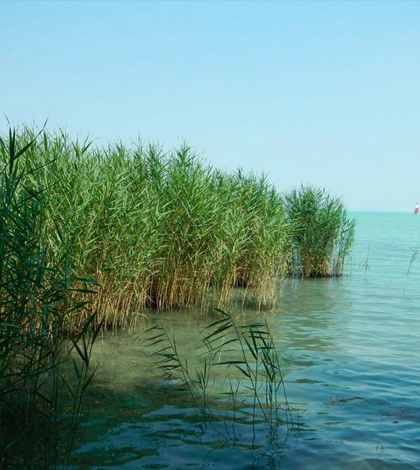Imaging spectroscopy used to assess reed die-back around popular Lake Balaton

Reed die-back has been observed in Europe’s aquatic ecosystems for over 50 years, but researchers have recently developed techniques that will make it easier to monitor and define reed community damage, according to a press release from the University of Leicester.
Lake Balaton in Hungary is Europe’s largest lake and a centerpiece of tourism, attracting 4 million tourists per year. Its levels, like other lakes in Europe, are artificially maintained for the benefit of tourists, not for the surrounding lake shore ecosystem, including the reeds. Reed die-back has been, and remains, a significant problem.
The collaboration of English scientists at the University of Leicester and Hungarian scientists from the University of Hungary intend to help the struggling reed habitats by using imaging spectroscopy to better monitor their condition and ultimately look for solutions to the reed die-back problem.
The imaging spectroscopy is performed by aircraft and satellites taking hyperspectral images of the lake’s reeds. With 250 spectral bands, near-infrared images of the reeds can reveal their chlorophyll absorption, an indicator of their health, as well as other indices. This data collection allows researchers to assess reed community health over large areas such as Lake Balaton more accurately than previous methods.
Top image: Reeds around Lake Balaton in Hungary. (Credit: University of Leicester)





0 comments